Endemic Anatolian Ground Squirrels of Sultan Marshes
Sultansazlığı is an ecologically important wetland whose hydrological features are seen on par with that if the Okavango Delta. Both are inland wetland systems that are not connected to the sea and depend on seasonal precipitation. However, the hydrology of Sultansazlığı is much more complex since it also contains a saline lake (Lake Yay) which supports flora and fauna adapted to salinity gradients. The basin is surrounded by the extinct stratovolcano Erciyes Mountain (3.916 m) in the north (seen in […]


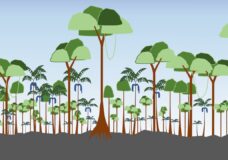

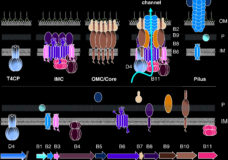
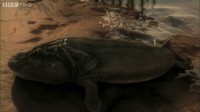


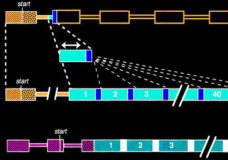
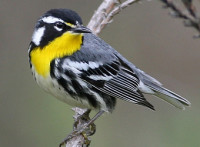
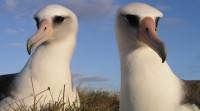
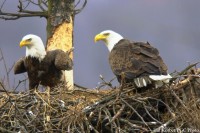
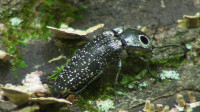

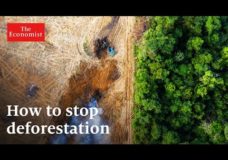
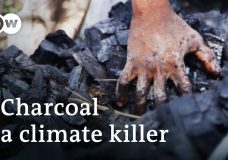

Recent Comments